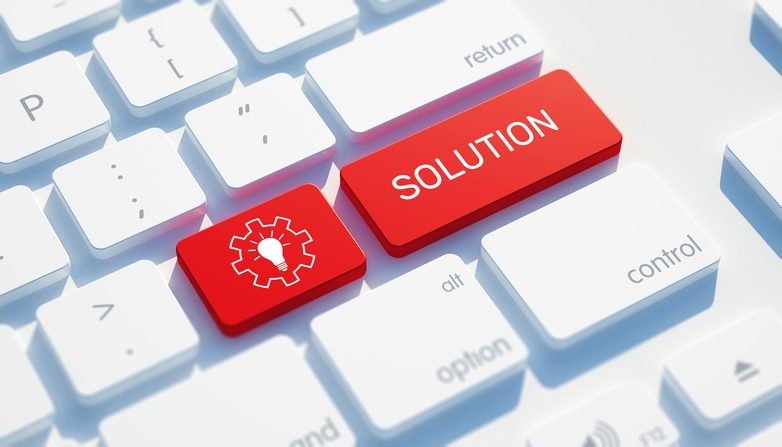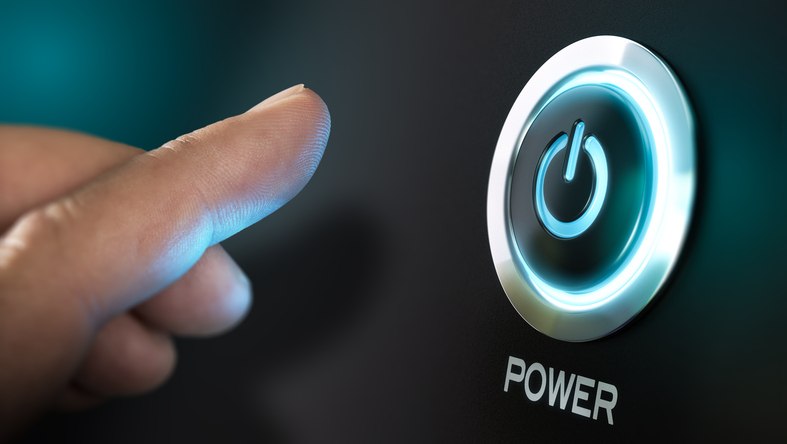The Challenges of 24/7 Live Streaming
We’ve covered many of the basics of broadcasting live video steam in other articles. But what about those broadcasters or businesses who need 24/7 live streaming for their events or content?
In this article, we’ll walk you through the basic requirements and challenges of 24/7 live streaming. We will also provide practical advice to help you troubleshoot live streaming issues and identify the root of the problems.
Our goal is to help you understand potential disruptions to your stream before you go live. That way, you and your viewers are guaranteed the best possible streaming experience.
24/7 Live Streaming Requirements
To do 24/7 live streaming successfully, you start with the same equipment and tools as with any broadcast. First and foremost, you need a video source (generally one or more cameras and a fast and reliable internet connection. You also need either live stream encoding software or a hardware encoder and a computer to process it all. Finally, you need a streaming video host, for example, a streaming solution like Dacast.
Let’s say you have all of the above requirements and want to start a 24/7 live-streaming broadcast. When you extend your broadcast from short-term to constant output, some of the requirements and factors change or become more specific. The challenge of 24/7 live streaming can be summed up in a single word: interruptions. Many of the necessities for broadcasting are subject to interruption, which can disrupt your stream and audience viewing experience.
Just as we can describe the challenges of 24/7 live streaming with one word, we can also name the reigning remedy for this problem with one word: redundancy.
Let’s take a closer look at the importance of redundancy for successful 24/7 live streaming, by which we mean available backup options and tools to prevent interruptions. We’ll divide our discussion into four main topics, including:
- Interrupted Internet Access
- Computer Reboots
- Interrupted Camera Feed
- 24/7 Attention
Interrupted Internet Access
As you’re likely aware, reliability of your internet access is important in all broadcasting. This is especially true for 24/7 live streaming. Why? Wireless connections are more prone to interruption than hardwired ones. As a result, cable or DSL connection is a must for 24/7 live streaming, even though wireless connections can often deliver plenty of bandwidth.
As any customer of broadband cable internet service knows all too well, interruptions do happen. But with high-quality service, you can keep disruptions to a minimum.
For times when your connection does go down, it’s a good idea to have a backup connection available. You’ll also want to program your computer to automatically switch to this back-up connection when needed. Most computer operating systems will do this automatically. Your backup connection can be a mobile hot-spot or if one is available a wireless connection. Your broadcast will likely still produce a gap, but it should be brief.
Take-away: Create redundancy via a second internet connection set to automatically engage.
Computer Reboots: Option #1

Computers, unfortunately, aren’t designed to run 24/7 without ever rebooting. What’s more, encoding software can hog resources. This means that your computer may require restarts from time to time when running continuously. When the computer hosting your encoding software reboots, your broadcast ceases until the computer is up and running and your software itself restarts.
You can cut down the rebooting time by setting your encoding software to automatically re-engage. Different programs have different ways to do this. To read more about encoding software, take a look at this article on the best encoding software settings.
Another way to reduce the potential disruption of rebooting is to use a hardware encoder rather than encoding software. This option is not ideal or viable for all broadcasters, but it can be a useful alternative. That said, hardware encoders do occasionally lock up and require reboots, too. This need to restart is the universal condition of computers, except that most hardware encoders are ASIC or DSP chip-based rather than computer CPU based. This gives hardware encoders a slight edge here, though it cannot completely eliminate the need for reboots.
Take-away: Create redundancy via a hardware encoder or via automatically re-engaging a software encoder.
Computer Reboots: Option #2
So what if a hardware encoder is not a good option for you? Redundancy in this case, then, consists of a second computer running the encoding software and with access to the same streams and other content. It is ideal if this second computer kicks in automatically upon interruption of operation. Failing that ideal, a manual switch loses only a few seconds of broadcast time and is still a good option.
The downside of a second computer, of course, is the expense. This includes not only  the cost of the machine itself but also the license for the software that may cost more when to run on two machines. It can also be challenging to set up two computer systems for very complex broadcasts. However, when streaming the same content (say from a single camera) 24/7, you can preconfigure the encoding fairly easily.
the cost of the machine itself but also the license for the software that may cost more when to run on two machines. It can also be challenging to set up two computer systems for very complex broadcasts. However, when streaming the same content (say from a single camera) 24/7, you can preconfigure the encoding fairly easily.
You can also use a second computer as a preventative by letting each machine handle the broadcast duties in shifts. This approach avoids overtaxing any one computer. It helps to prevent interruption caused by actual equipment failures as opposed to simply reboots. It also allows the computer not in use to reset periodically (as well as updating its operating system or installing upgrades as needed).
The efficacy of these options all depends on how many interruptions in the broadcast is acceptable for you and your audience you find acceptable. Depending on what you are 24/7 live streaming, a few minutes of downtime may or may not be a problem.
Take-away: Create redundancy via a second computer set to automatically kick in, or by using the computers in designated shifts.
Interrupted Camera Feed
Compared to interruption of the internet connection and computer reboots, an interrupted camera feed is a less likely problem. Nonetheless, it is an issue that does sometimes arises. Whether you use a webcam, an IP camera, or a sophisticated HDMI camera, there are many potential ways it can break down. Furthermore, a camera is more likely to do so when you use it continuously, as with 24/7 live streaming. This is particularly true for the mechanical, moving-part functions of the camera, such as a zoom lens.
As with other interruptions, the solution here is redundancy. For each camera involved in your broadcast, have another available to take its place if something goes wrong.
Take-away: Create redundancy via a second internet connection set to automatically engage.
24/7 Attention
 You can set up a simple broadcast to run 24/7 on its own. However, this approach does not cover situations in which something goes wrong. Nor does this option deal with situations in which you want to change something about your live stream while it’s in progress. For example, you may want to switch to a different camera view or add updated commentary mid-stream.
You can set up a simple broadcast to run 24/7 on its own. However, this approach does not cover situations in which something goes wrong. Nor does this option deal with situations in which you want to change something about your live stream while it’s in progress. For example, you may want to switch to a different camera view or add updated commentary mid-stream.
In order to make sure that interruptions are minimal and that you are equipped to address any problems that arise, we strongly advise having someone to monitor the live stream around the clock. Of course, this likely requires multiple people working in shifts to guarantee 24/7 live streaming for your viewers.
Take-away: Create redundancy via constant human oversight during the stream or 24/7 live support with your video streaming platform.
Conclusion
The special challenges of 24/7 live streaming stem from the fact that the components of your broadcast–cameras, computer hardware, software, and an Internet connection–are subject to breakdowns and interruptions. You can prepare contingencies for some of these issues by rebooting or troubleshooting, resulting in only a temporary shutdown of the broadcast.
The best way to deal with interruptions, however, is through redundancy. Ideally, we recommend a backup for every part of your broadcast system that is under your control. (For obvious reasons, you can’t backup video streaming platforms themselves. However, a professional streaming service, like Dacast, incorporates its own redundancies into its architecture.)
Overall, you want to be aware that anything that can go wrong with live streaming can go wrong with 24/7 live streaming in particular. The key is is to be as prepared as possible before you go live! We hope this article has helped you to think through some of these possible interruptions and potential contingencies. We love to hear from our readers, so let us know what you think in the comment section below.
For regular tips on live streaming and exclusive offers, we invite you to join our LinkedIn group.
If you’re searching for a streaming platform to support your broadcasts, why not give Dacast a try? We offer a 14-day free trial (no credit card required), and we’d love to get you set up to test out all our features today!
Thanks for reading, and good luck with your 24/7 live streaming.
 Stream
Stream Connect
Connect Manage
Manage Measure
Measure Events
Events Business
Business Organizations
Organizations Entertainment and Media
Entertainment and Media API
API Tools
Tools Learning Center
Learning Center Support
Support Support Articles
Support Articles

